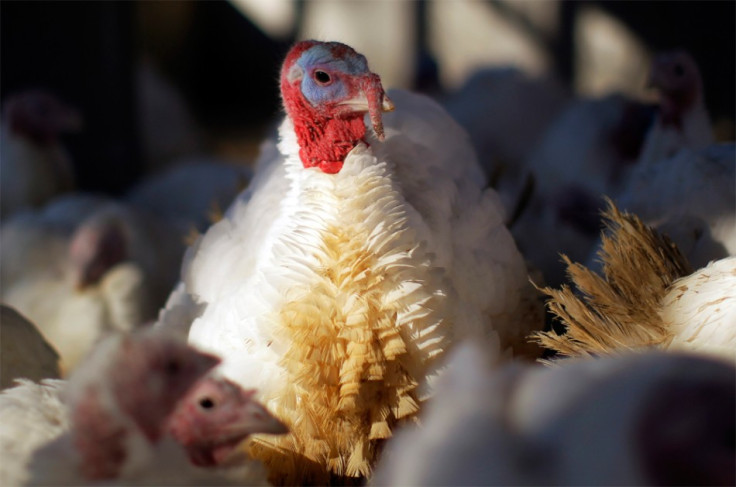Native Americans bred turkeys centuries before the 'first Thanksgiving'
Signs of sex-selection and feeding by humans suggest turkey domestication from 1200AD.
Native Americans were raising and eating turkeys long before the 'first Thanksgiving meal' with the Pilgrims. The birds were probably domesticated in the south-east of the United States, as early as 1200-1400 A.D.
A feast held in 1621 at the Plymouth Plantation in Massachusetts and bringing together the Wampanoag Indians and European settlers, is widely regarded as the first Thanksgiving in American history. Much has been published about the kind of foods that would have ended up in their plates that day – turkey was most probably on the menu even then.
Scientists already knew that turkeys were important to Native American cultures. Indeed, their feathers were used on arrows, in headdresses and clothing. There is even traces of their bones being used as tools.
Images of turkeys sometimes also feature in traditional artefacts and artworks – such as engraved on a marine shell pendant found at a site in central Tennessee (south-eastern US). However, it was up to now widely believed that the majority of these birds were wild turkeys which had not been cared for by humans.
A study now published in the Journal of Archaeological Science: Reports, presents new lines of evidence that contradict this view and suggest careful domestication of turkeys in different parts of Tennessee.
Big bones and loads of males
The first evidence of turkey raising and domestication is the fact that archaeologists from Florida State University have uncovered an unusually high number of male turkey skeletons on the sites, dating back from 1200-1400 A.D – two to four centuries before the first Thanksgiving.
In a typical flock of turkeys, there are usually more females but here, they found more remains of males. The explanation for this is that the turkey population was designed that way because of human interventions.

"It appears Native Americans were favouring males for their bones for tools," author Tanya Peres explained. "And they certainly would have favoured males for their feathers. They tend to be much brighter and more colourful than the female species. Female feathers tend to be a dull grey or brown to blend in to their surroundings since they have to sit on the nest and protect the chicks."
Another important sign that the birds might have been domesticated is the fact the bones recovered were much larger than today's average wild turkey. This could mean that they had been purposefully cared for or fed richer diets of corn.
"The skeletons of the archaeological turkeys we examined were quite robust in comparison to the skeletons of our modern comparatives," the other author of the study Kelly Ledford said. "The domestication process typically results in an overall increase in the size of the animal so we knew this was a research avenue we needed to explore."
DNA analysis are now being conducted to look for a chemical signature in the bones that would indicated the animals were indeed fed corn, in order to confirm these first findings.
© Copyright IBTimes 2024. All rights reserved.






